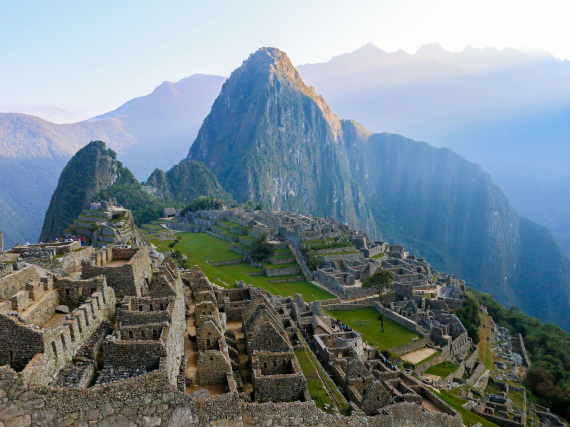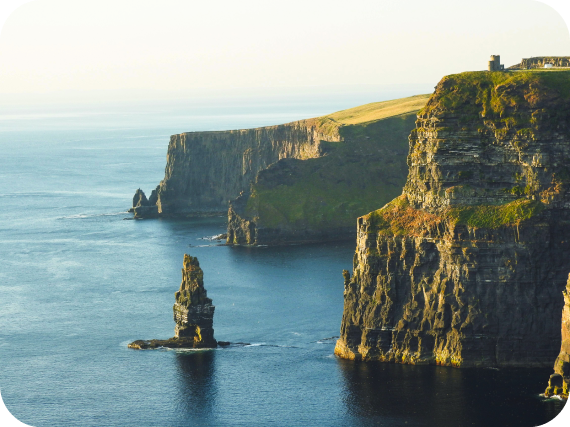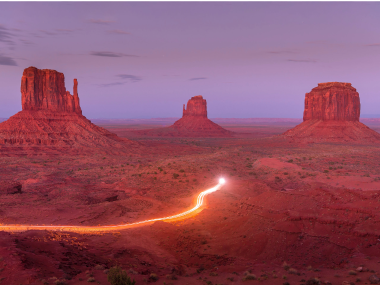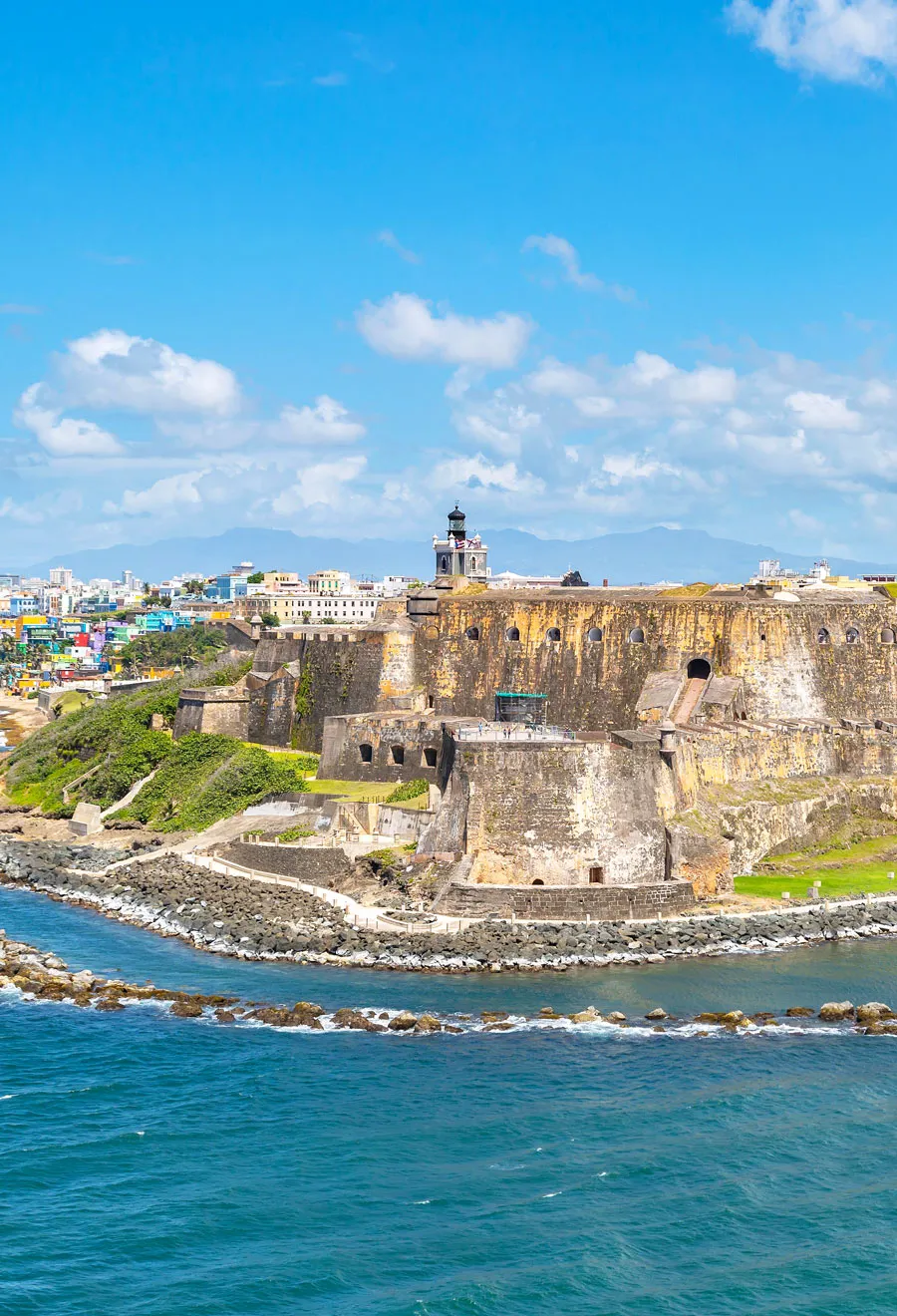From famous battlefields to the homes of civil rights leaders and gold rush-era landmarks, America’s National Historical Parks and National Historic Sites are living windows into the past. While a historical park tends to encompass an entire town or a collection of landmarks, a historic site focuses on a single location. Collectively, they help to keep alive the people, places, and stories that have shaped the nation’s culture, history, and heritage. Read on to discover the 10 most-visited National Historic Sites and National Historical Parks in the United States, as of the latest available data from 2024.
10. Fort Point National Historic Site – San Francisco, California
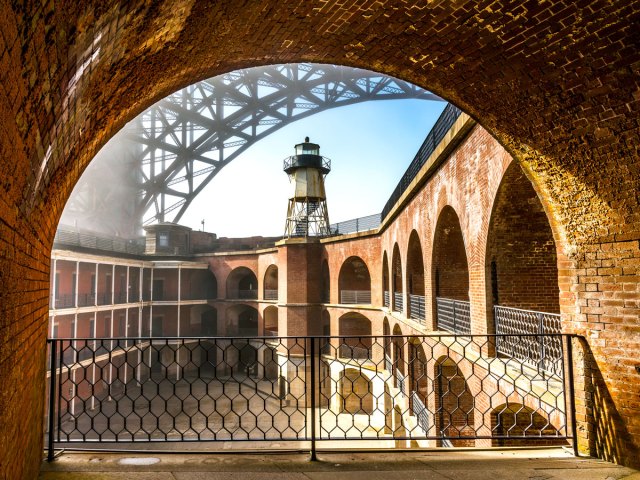
Recreation visits in 2024: 1.19 million
Nestled beneath the southern end of the Golden Gate Bridge, Fort Point has stood guard over San Francisco for over 150 years. Constructed from 1853 to 1861, at the height of the California gold rush, it was part of the Third System of Coastal Forts, whose main purpose was to protect the country from naval attacks. However, Fort Point was never deployed in battle. In the years that followed, the landmark was utilized as barracks, a military school, and a World War II station.
Today, visitors can check out the multilevel casemates and enjoy sweeping views of the San Francisco Bay and Golden Gate Bridge from the fort’s rooftop. Additionally, ranger-led talks, programs, and museum exhibits shed light on the fort’s fascinating history.
9. San Antonio Missions National Historical Park – San Antonio, Texas
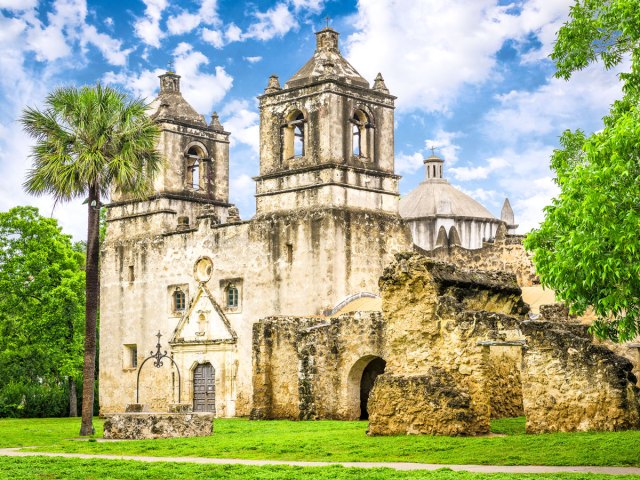
Recreation visits in 2024: 1.28 million
The San Antonio Missions National Historical Park tells the stories of Indigenous South Texans and the Spanish missionaries who arrived in the area in the early 1700s. Spread over 948 acres, the park shelters the remains of four missions: San José, Concepción, San Juan Capistrano, and Espada. Each was at the heart of a thriving frontier town in the 18th century, and today they form North America’s largest concentration of Spanish missions.
Self-guided or ranger-led tours of the missions offer the chance to explore the living quarters, intricate stonework, and antique frescoes. Linking the park with downtown San Antonio is the 8-mile-long Mission Reach section of San Antonio River Walk. Ideal for walking or cycling, it passes public art displays, the Alamo, and other historical landmarks.
8. San Juan National Historic Site – San Juan, Puerto Rico
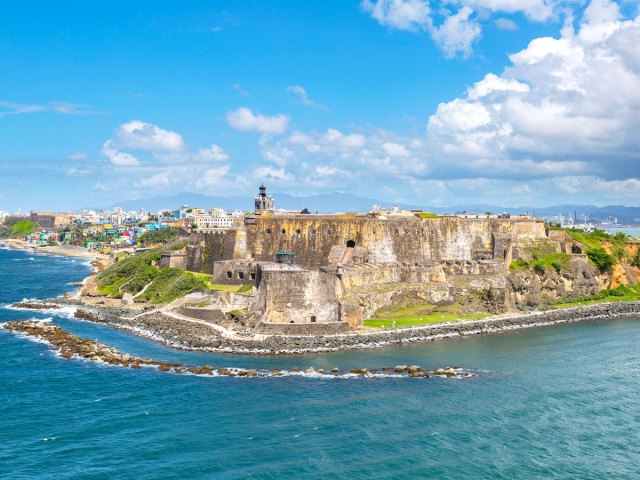
Recreation visits in 2024: 1.33 million
Standing proud at the entrance to the Bay of San Juan, San Juan National Historic Site boasts some of the finest Spanish colonial architecture in the Americas. This UNESCO World Heritage Site was built progressively from the 1500s through the 1700s, with modifications in the centuries that followed. Its defensive walls, forts, and military buildings served to protect Puerto Rico from privateer attacks and colonial invasions.
The site encompasses key landmarks within the Old San Juan district. Here, the Castillo San Felipe del Morro and Castillo San Cristóbal forts stand almost unblemished, and the Cuartel de Ballajá military barracks have been reimagined as a cultural center. Meanwhile, Paseo del Morro affords sweeping views over the Caribbean Sea. Adding to the charm are the nearby boutiques, cafés, and churches that line scenic plazas and cobblestone streets in Old San Juan.
7. Klondike Gold Rush National Historical Park – Skagway, Alaska
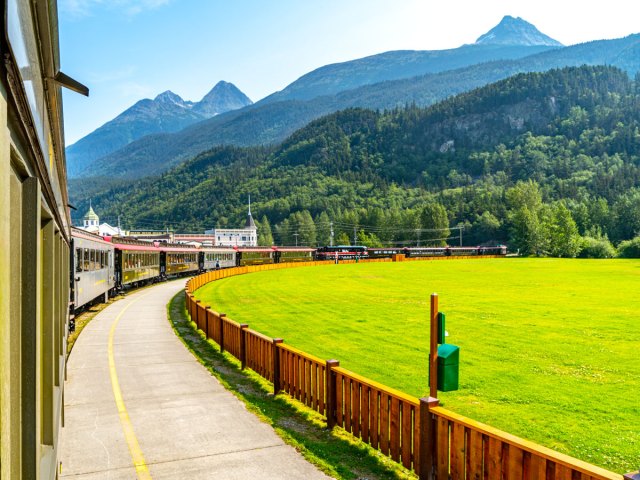
Recreation visits in 2024: 1.34 million
In 1896, Keish, a member of the Tagish First Nation who also went by the nickname Skookum Jim, discovered gold at Bonanza Creek, near Dawson City in the Yukon. His discovery sparked a stampede of prospectors to Alaska and the Yukon Territory, an event known as the Klondike gold rush. Once-quiet First Nations settlements turned into boomtowns overnight as an estimated 100,000 prospectors arrived to seek their fortune. Detailing the legacy of the 1897-1898 boom, the Klondike Gold Rush National Historical Park preserves a six-block district in the city of Skagway, Alaska, alongside nearby sites tied to the gold rush.
Downtown Skagway is home to preserved buildings such as the Mascot Saloon and Moore Cabin, built by the town’s founder William Moore. Nearby Dyea, once a boomtown that rivaled Skagway, is now a ghost town that marks the starting point of the Chilkoot Trail, a 33-mile backpacking and hiking trail that retraces the path once trodden by hopeful gold seekers.
6. Valley Forge National Historical Park – King of Prussia, Pennsylvania
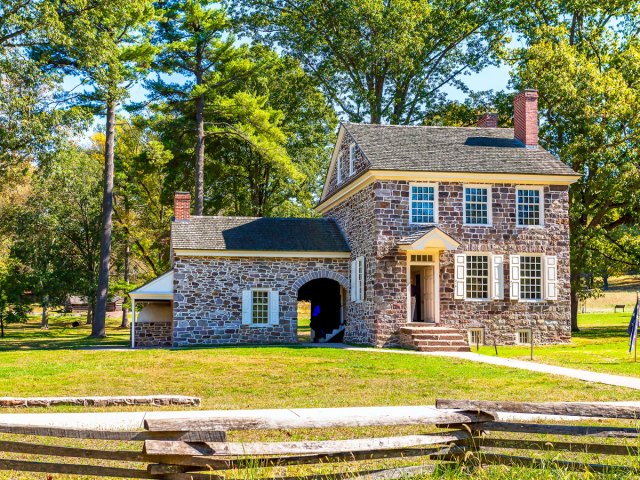
Recreation visits in 2024: 1.87 million
During the brutal winter of 1777 to 1778, George Washington and the Continental Army set up camp in Valley Forge, Pennsylvania. The troops faced extreme temperatures, food shortages, and disease. Nevertheless, under the training of Baron von Steuben, they transformed into a disciplined and unified unit. This marked a pivotal turning point in the Revolutionary War, symbolizing the perseverance to fight for independence. Nearly 250 years later, the 3,500 acre site is a thought-provoking and quintessential stop for anyone interested in American history.
Dominating the lush landscape is the triumphal National Memorial Arch, which honors the army’s 12,000 troops. Visitors can learn their stories at the Visitor Center at Valley Forge, visit Washington’s headquarters, and see re-creations of the log huts used for shelter. There are also 35 miles of walking and biking trails around meadows and forests to explore.
5. San Francisco Maritime National Historical Park – San Francisco, California
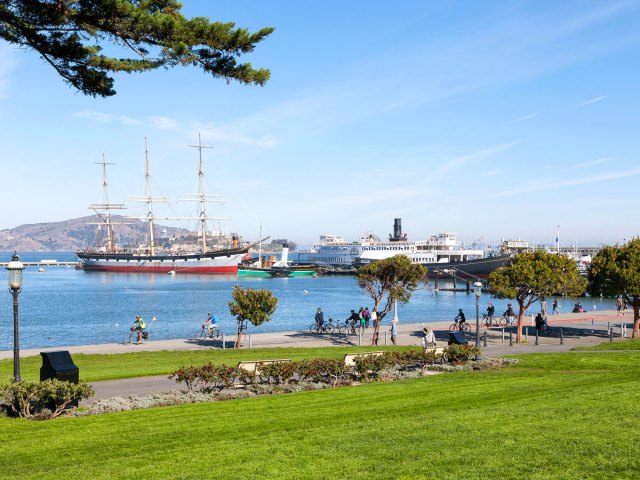
Recreation visits in 2024: 2.54 million
Set around Aquatic Park Cove, San Francisco Maritime National Historical Park details California’s impressive seafaring history. The 50-acre park encompasses art deco landmarks, maritime buildings, shipyards, and seafront promenades. In the east end of the park, you’ll find the iconic Hyde Street Pier (currently closed for renovations). Opened in 1922, it served as a vital ferry link across the bay to Berkeley, Oakland, and Sausalito. Historic ships, including the Balcutha and Hercules, once lined the pier, although many have since been relocated to Mare Island Historic Park for preservation.
Located in an old brick cannery warehouse, the Visitor Center features interactive exhibits, including a display of San Francisco’s original six neighborhoods. Find more art, artifacts, and activities at the Maritime Research Center and Maritime Museum. The latter occupies the former Aquatic Park Bathhouse, itself a Streamline Moderne-style architectural masterpiece overlooking the bay.
4. Colonial National Historical Park – Williamsburg, Virginia
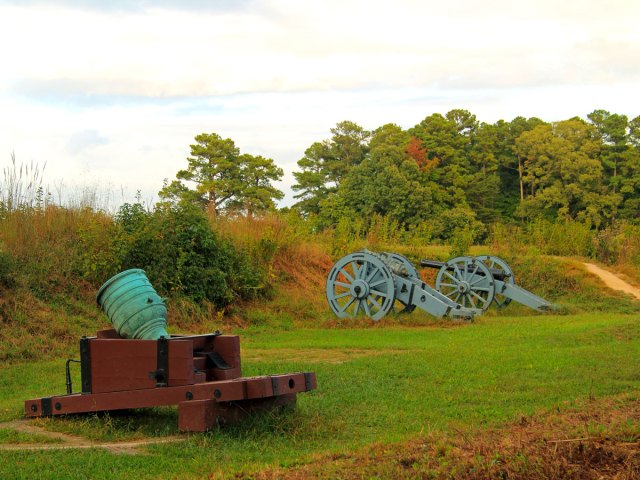
Recreation visits in 2024: 2.55 million
Colonial National Historical Park brings together two of the most pivotal sites in American history. On the banks of the James River sits Jamestown, the first permanent English settlement in the country, established in 1607. Here, archaeological remains, reconstructed forts, and hands-on exhibits highlight the innovations and struggles that shaped the colony. The Jamestown Glasshouse also showcases the colony’s first efforts at industrialization.
On the opposite side of the Williamsburg Peninsula is the Yorktown Battlefield, where American and French troops fought together to defeat the British in 1781. Walk the battlefields and check out the visitors center, where a short film and exhibits delve into the events of the 1781 Siege of Yorktown. And don’t miss the 23-mile-long Colonial Parkway, which combines fascinating colonial history and one of Virginia’s most bucolic landscapes in one go.
3. Boston National Historical Park – Boston, Massachusetts
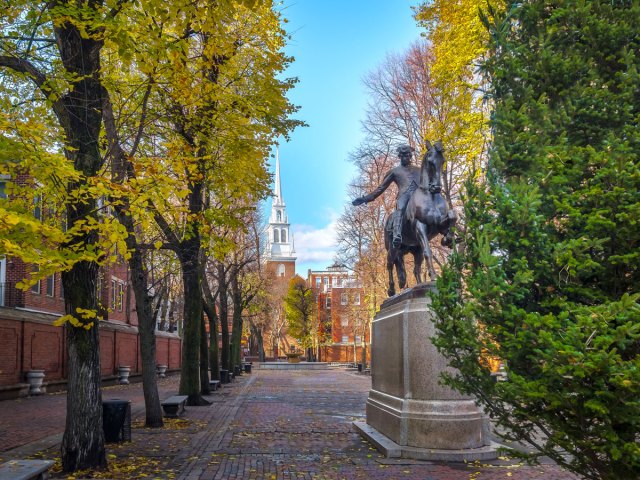
Recreation visits in 2024: 2.74 million
Boston National Historical Park groups together some of the most defining sites in Boston’s rise from a center for colonial resistance to a naval powerhouse in the newly independent United States. Compact and walkable, the park is an all-encompassing and immersive journey into the birth of the nation. Seven of the park’s eight attractions are connected by the Freedom Trail. This 2.5-mile redbrick pathway weaves through the city, passing historical landmarks and interactive exhibits.
One of the most popular stops is the Old North Church, where Paul Revere set off on his famous midnight ride in 1775 to warn colonists of advancing British troops. A few months later, one of the first major battles of the Revolution unfolded at Bunker Hill Monument. In the heart of downtown Boston, Faneuil Hall hosted gatherings where colonists protested and listened to stirring oratory. And don’t miss the Charlestown Navy Yard, where the USS Constitution, the world’s oldest commissioned warship, is moored and open for tours.
2. Independence National Historical Park – Philadelphia, Pennsylvania
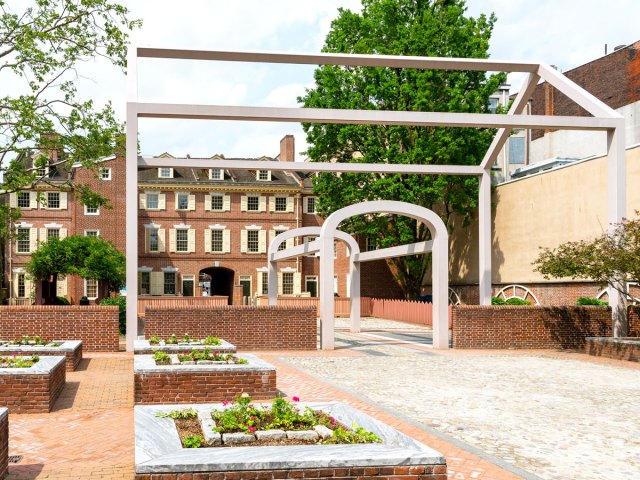
Recreation visits in 2024: 2.8 million
Independence National Historical Park covers 20 landmark-filled blocks in Philadelphia’s Center City neighborhood. Here, a collection of historic buildings and museums present an opportunity to discover the nation’s founding stories. Standing in the heart of the park is Independence Hall, where the Declaration of Independence and U.S. Constitution were debated, finalized, and signed.
At the Benjamin Franklin Museum, original artifacts and immersive exhibits tell the story of the founding father who signed the Declaration of Independence. You’ll also find portrayals of explorers, politicians, and military officers hanging in the Portrait Gallery in the Second Bank. Outdoors, the peaceful Magnolia Garden draws on George Washington’s love for magnolias, while gorgeous flower displays fill the 18th-Century Garden and Rose Garden. Lastly, be sure to listen for the hourly chime of the Centennial Bell, which first rang to commemorate the nation’s 100th anniversary.
1. Chesapeake and Ohio Canal National Historical Park – Potomac, Maryland
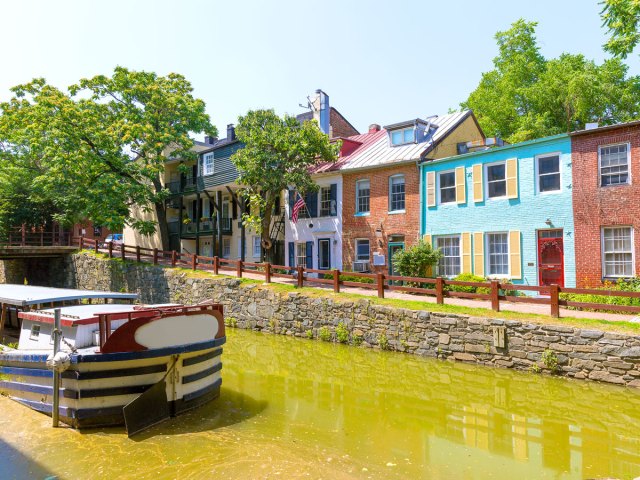
Recreation visits in 2024: 4.42 million
America’s most popular National Historical Park is the Chesapeake and Ohio Canal National Historical Park, which incorporates 185 miles of the historic Pennsylvania and Ohio Canal (aka the P&O Canal). The canal, which served as a vital transportation route along the Potomac River from 1831 to 1924, was built to transport agricultural goods, coal, and lumber between Washington, D.C., and the mountains of western Maryland. During nearly a century of operation, it provided employment to the people of the Potomac River Valley while witnessing battles, community growth, and transportation milestones.
Today, the canal’s aqueducts, locks, and towpaths remain as poignant reminders of 19th-century innovations in commerce and engineering. Lockhouses have been converted into interpretation centers, and guided tours and ranger programs tell stories of daily life on the canal. Ideal for biking, hiking, and horseback riding, the towpath follows the course of the river, meandering through canal towns, forests, and wetlands. The site offers both a lesson in industrial history and the opportunity to discover the untouched natural landscapes and thriving wildlife of the Potomac region.
More from our network
Daily Passport is part of Inbox Studio, which publishes content that uplifts, informs, and inspires.

